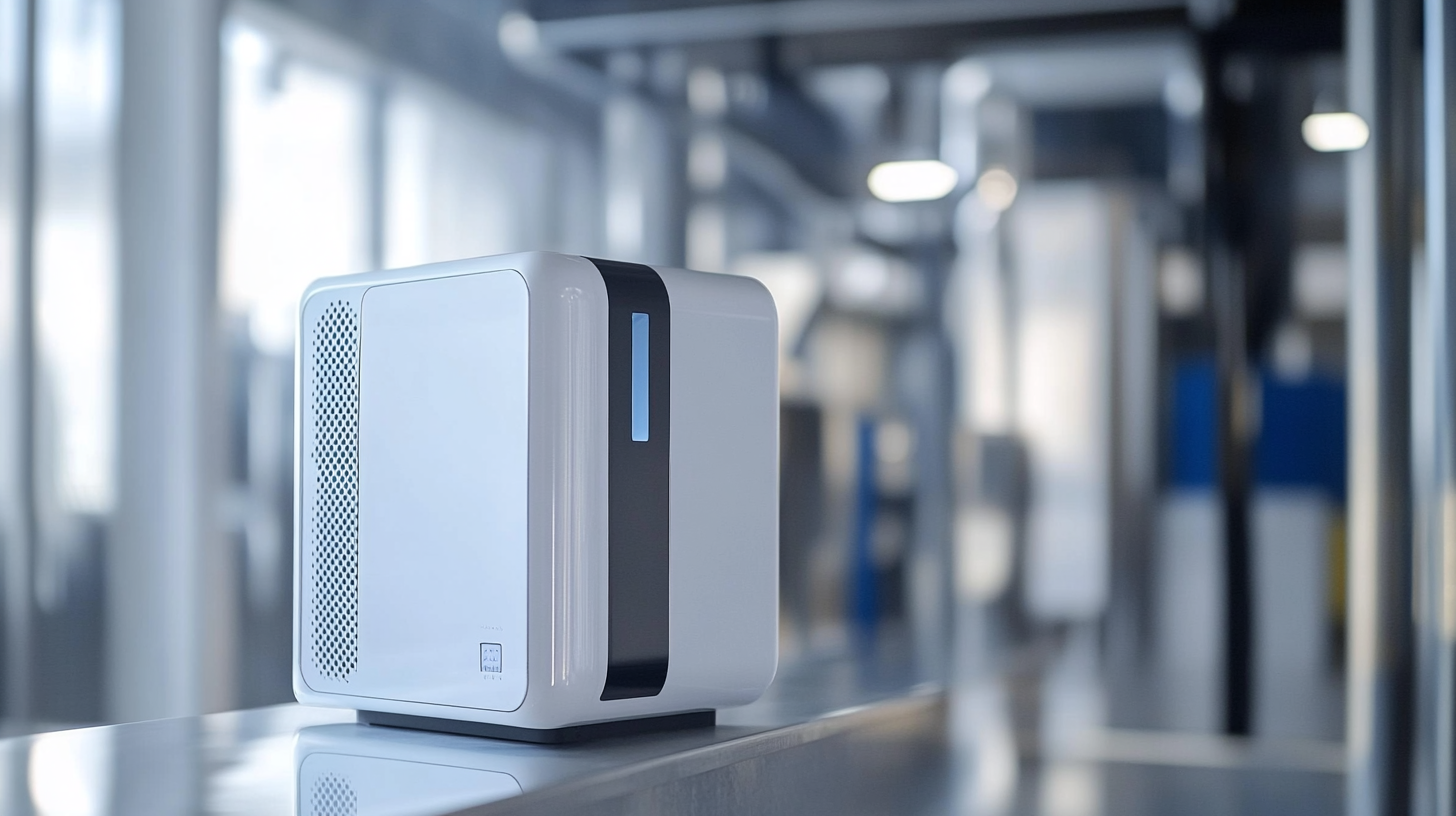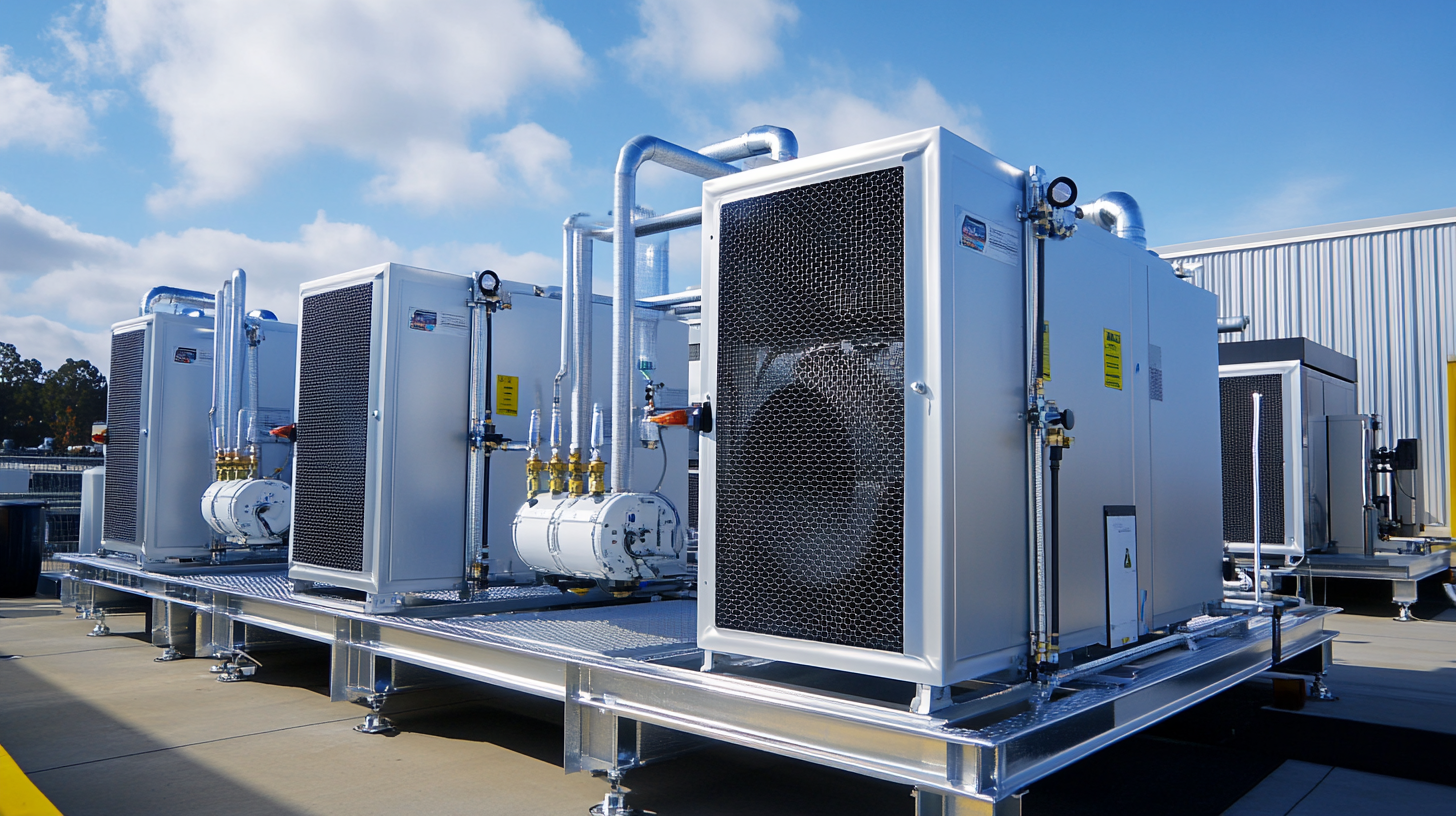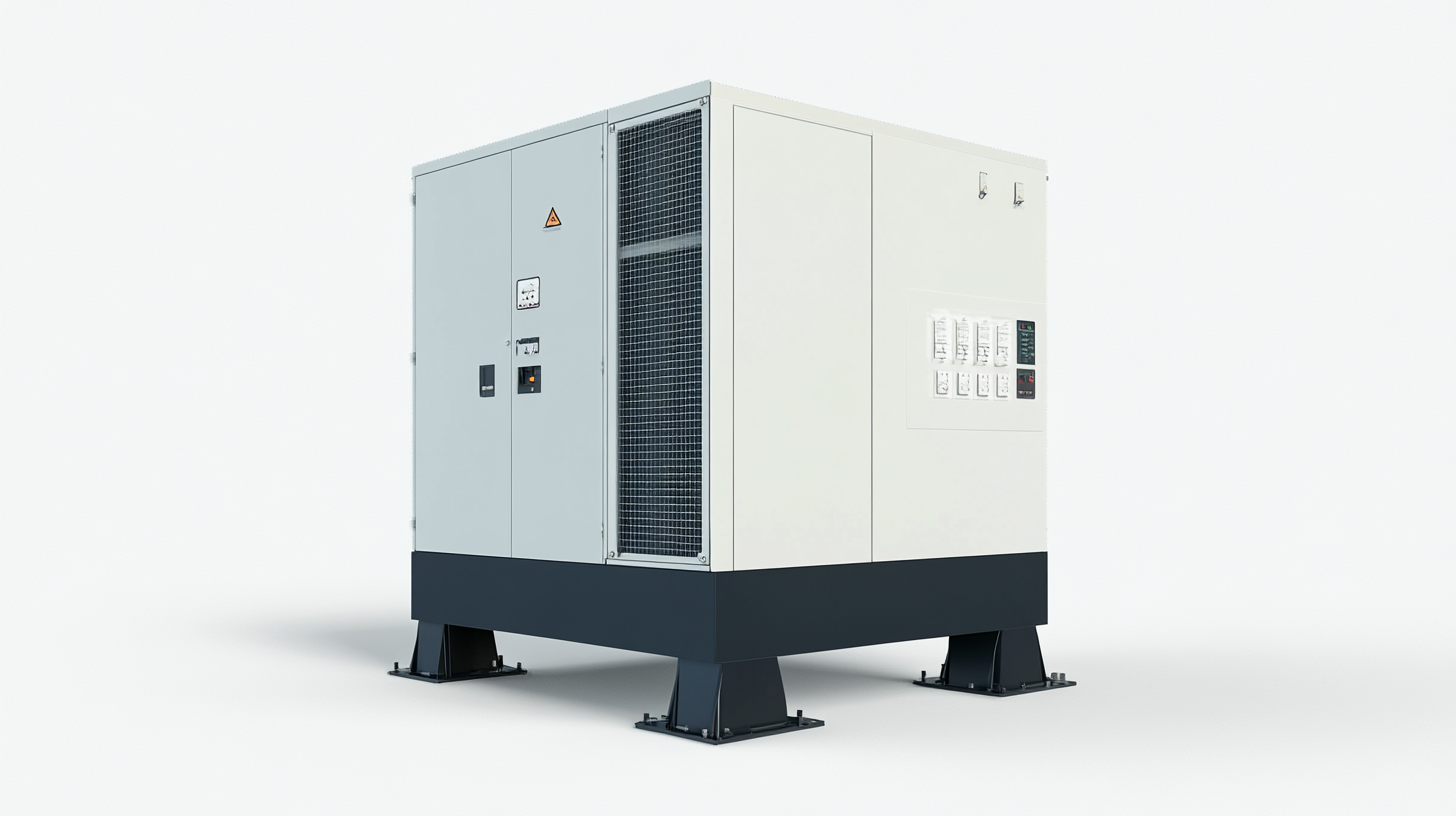
- sales@bjbod.com
- Mon - Sat at 7:00AM to 9:00PM

In the rapidly evolving landscape of industrial technologies, the importance of maintaining optimal conditions for equipment and processes cannot be overstressed. At the heart of these conditions lies the concept of Compressed Air Dew Point, a critical factor that influences everything from product quality to system efficiency. As industries move towards sustainability and innovation, understanding the trends shaping the future of compressed air solutions is essential. This article delves into the anticipated developments and challenges in compressed air dew point technologies, shedding light on how they will adapt and transform by 2025.
As we look ahead, the demand for more efficient, reliable, and environmentally friendly compressed air systems continues to rise. With advancements in sensing technologies and data analytics, industries are equipped to monitor and optimize their dew point levels more effectively than ever before. This blog will explore key trends in the global market that are set to redefine the standards for compressed air dew point solutions, offering insights into how businesses can prepare for the transformations on the horizon while ensuring operational excellence and compliance with evolving regulations.

As industries worldwide increasingly prioritize energy efficiency and operational reliability, the monitoring and control of compressed air dew points have emerged as critical components in optimizing processes. Emerging technologies are paving the way for unprecedented advancements in this sector. According to a recent report by MarketsandMarkets, the global compressed air treatment equipment market is projected to reach $12.89 billion by 2025, with a significant portion of this growth stemming from innovations in dew point monitoring solutions. Modern dew point monitoring systems leverage advanced sensors and IoT connectivity to provide real-time data, enabling industries to make informed decisions about their compressed air systems. For instance, predictive maintenance technologies can alert operators to potential issues before they escalate, thus minimizing downtime and maintenance costs. A study by Research and Markets highlights that deploying such technologies can improve system efficiency by up to 30%, demonstrating the tangible benefits they offer to manufacturers across various sectors, including pharmaceuticals, food and beverage, and automotive. In addition to real-time monitoring, advanced algorithms and machine learning models are being integrated into dew point control systems. These systems can analyze historical data to optimize drying processes and enhance overall system performance. A report from Frost & Sullivan notes that utilizing machine learning can result in energy savings of up to 20% in compressed air systems. This dual focus on monitoring and control ensures that industries not only maintain the required dew points but also operate sustainably and cost-effectively. As we look ahead to 2025, the convergence of these emerging technologies will redefine the landscape of compressed air dew point solutions, driving efficiency and innovation in a sector that is vital for countless industrial applications.

The market for compressed air solutions is poised for significant transformation by 2025, driven by several key factors. A recent report indicates that the global air compressor market is projected to grow from USD 35.3 billion in 2023 to USD 55.9 billion by 2033, showcasing a compound annual growth rate (CAGR) of 4.7% from 2024 to 2033. This robust expansion can be attributed to increasing demand across various industries, especially oil and gas, where companies are prioritizing capital discipline and customer-centric approaches amid evolving economic and regulatory landscapes.
Moreover, technological advancements are playing a crucial role in shaping the future of compressed air solutions. The tandem piston compressor market, estimated at USD 5.81 billion in 2023, is anticipated to experience a CAGR of 4.5% from 2024 to 2030. This growth reflects a wider trend wherein innovative technologies in air compression are enhancing energy efficiency and operational longevity, meeting the rising expectations of end-users for reliable and cost-effective solutions.
As sustainability becomes a focal point, the adaptation of cutting-edge sensor technologies will further influence the market dynamics. Innovations in sensor applications are essential not only for improving operational efficiencies but also for enabling predictive maintenance practices within the industry. The convergence of these factors underscores a transformative period for compressed air technologies, positioning the market for substantial growth and enhanced performance in the years leading to 2025.

As businesses increasingly recognize the importance of maintaining optimal compressed air quality, the adoption of dew point solutions is witnessing significant regional variations worldwide. In North America, industries are prioritizing advanced dew point monitoring technologies, driven by stringent regulations and the need for enhanced energy efficiency. Manufacturers and service providers are investing in state-of-the-art sensors and controllers to ensure compliance and improve overall system performance.
In contrast, the Asia-Pacific region is experiencing rapid growth in demand for cost-effective dew point solutions. Many developing countries are focusing on basic yet reliable technologies to support their expanding industrial base. The shift towards automation and smart manufacturing is also prompting companies in this region to explore advanced digital solutions that promise real-time monitoring and predictive analytics.
Europe, known for its innovation in environmental sustainability, is seeing a rise in the adoption of eco-friendly dew point solutions. With a focus on reducing energy consumption and emissions, European manufacturers are integrating these systems with renewable energy sources, paving the way for a greener future. This commitment to sustainability not only enhances operational efficiency but also positions companies favorably in a market increasingly driven by eco-conscious consumers.
Lastly, Latin America faces unique challenges and opportunities. While some countries lag in dew point solution implementation due to financial constraints, others are making strides in partnerships with international firms to adopt newer technologies. The push for modernization in industries such as food and beverage and pharmaceuticals is likely to spur regional growth and innovation in dew point solutions, creating a more uniform landscape by 2025.

As industries around the globe become increasingly aware of their environmental footprint, the focus on sustainability and energy efficiency in compressed air systems has never been more critical. Compressed air systems are essential in various manufacturing processes, but they are also notorious for energy consumption and potential waste. By 2025, we can expect to see significant advancements in technology that not only improve the efficiency of these systems but also align with global sustainability goals.
One of the key trends emerging is the integration of smart sensors and analytics into compressed air systems. These technologies allow for real-time monitoring of energy usage and dew point levels, enabling operators to identify leaks and inefficiencies promptly. By leveraging data analytics, companies can optimize their systems, reducing energy consumption and minimizing waste. This proactive approach not only supports cost reduction but also contributes to a more sustainable operational model.
Moreover, innovations in materials and design, such as the use of advanced heat exchangers and improved filtration systems, are set to enhance the energy efficiency of compressed air solutions. These advancements will lead to lower energy requirements for drying processes and improved overall system performance. Organizations adopting these cutting-edge solutions will find themselves at the forefront of sustainable manufacturing, promoting not only environmental responsibility but also economic viability in a competitive market.
The future of the compressed air industry is poised for a revolutionary transformation, driven by emerging challenges and opportunities aligned with broader sustainability goals. With the global push towards green energy and a carbon-neutral future, industries are compelled to innovate and adapt their technologies. This paradigm shift is particularly relevant to the compressed air sector, where solutions like dew point control are essential for ensuring energy efficiency and operational reliability.
As we approach 2025, compressed air systems must address the dual challenges of meeting stringent environmental standards while also enhancing their performance. Companies that invest in advanced technologies to reduce energy consumption and maintain optimal operating conditions will be well-positioned in this evolving landscape. Additionally, the integration of smart technology and monitoring systems will play a crucial role in optimizing compressed air usage, minimizing waste, and ultimately contributing to sustainability efforts.
New collaboration efforts, such as those seen in the burgeoning energy storage markets, illustrate how cross-industry partnerships can bolster innovation in the compressed air space. Sharing knowledge and resources across sectors can lead to the development of next-generation dew point solutions that not only meet current requirements but also anticipate future demands. As industries come together to embrace these changes, the opportunities for growth and innovation in the compressed air industry will undoubtedly expand, paving the way for a brighter, more sustainable future.